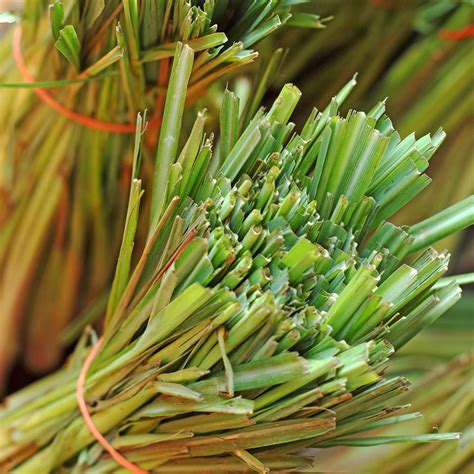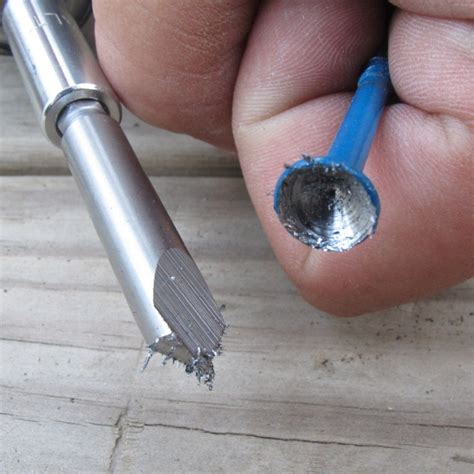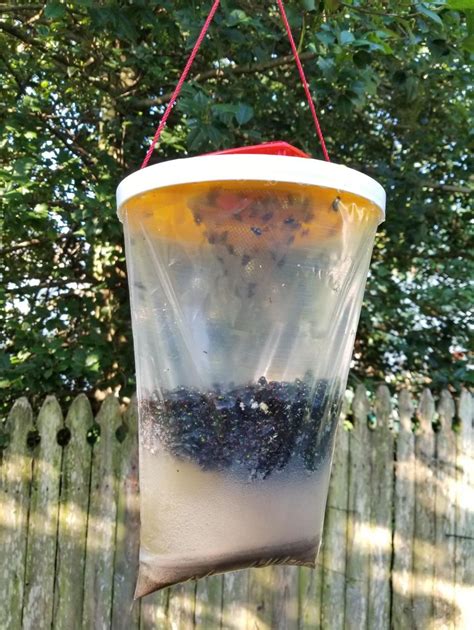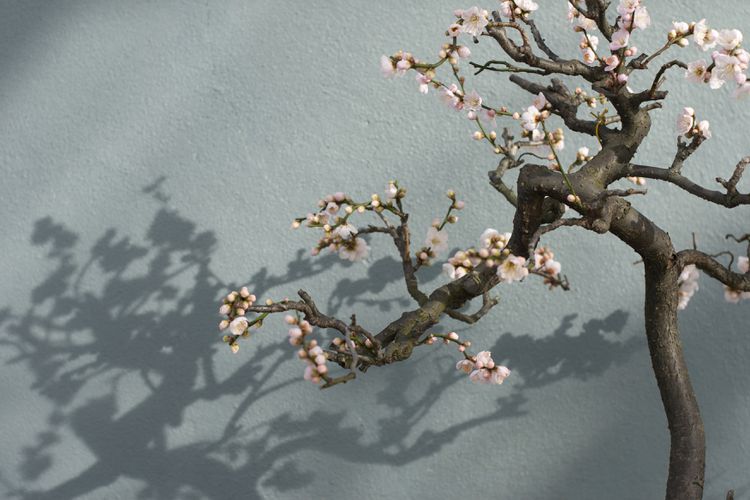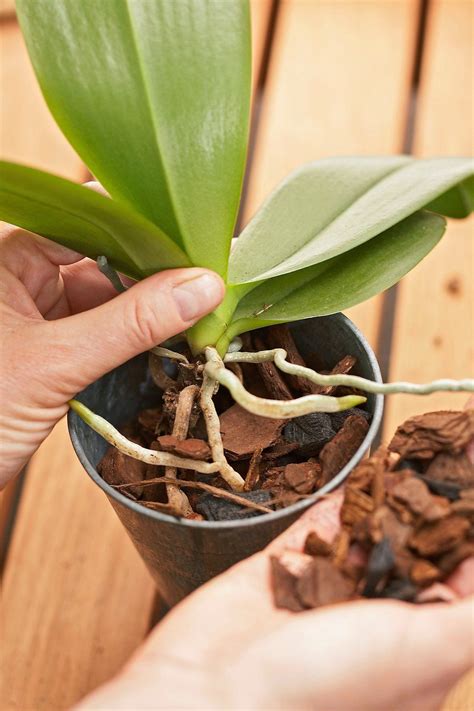
Orchids are stunning and exotic plants known for their delicate beauty and graceful blooms. If you’re fascinated by these enchanting flowers and want to learn how to care for them properly, you’ve come to the right place. In this comprehensive guide, we’ll provide you with all the essential information you need to successfully care for and grow orchids.
Orchid Care: Nurturing Your Plants
Caring for orchids requires a gentle touch and attention to detail. Here are the key aspects to consider:
Light: Finding the Perfect Balance
Orchids thrive in bright, indirect light. Place them near a window with filtered sunlight or use sheer curtains to diffuse the light. Avoid exposing orchids to direct sunlight, as it can cause leaf burn. Different types of orchids have specific light requirements, so research your orchid’s species to ensure the right light conditions.
Soil: Selecting the Proper Medium
Orchids are not typically grown in soil but in a specialized growing medium. Use an orchid-specific potting mix, such as bark chips, sphagnum moss, or a combination of these materials. These mediums provide excellent drainage, allowing the orchid’s roots to breathe and preventing waterlogged conditions.
Water: Balancing Moisture Levels
Watering orchids can be a delicate task. Allow the orchid’s potting medium to dry out slightly between waterings, but never let it completely dry out. Avoid overwatering, as it can lead to root rot. Water the orchid thoroughly, allowing water to drain completely from the pot, and avoid letting the plant sit in standing water.
Temperature and Humidity: Orchids’ Preferred Climate
Orchids prefer temperatures between 60°F and 80°F (15°C and 27°C) during the day and slightly cooler temperatures at night. They also thrive in high humidity environments. To increase humidity levels, you can place the orchid on a humidity tray or use a room humidifier. Avoid placing orchids near drafts or temperature extremes.
Fertilizer: Providing Essential Nutrients
Orchids have specific nutritional needs. Use a balanced orchid fertilizer formulated for their unique requirements. Dilute the fertilizer according to the package instructions and apply it during the orchid’s active growth period. It’s crucial to avoid over-fertilizing, as it can damage the plant’s sensitive roots.
Types of Orchids: Exploring Diversity
There is a wide variety of orchid species, each with its unique characteristics and care requirements. Some popular types include Phalaenopsis, Cattleya, Dendrobium, and Oncidium. Research your orchid’s specific type to understand its specific needs, including light, water, and temperature preferences.
Pruning Orchids: Promoting Healthy Growth
Pruning orchids helps maintain their shape and encourages new growth. After the orchid has finished blooming, remove the spent flower spikes by cutting them just above a node. This promotes the development of new spikes and redirects the plant’s energy toward growth and blooming.
Propagating Orchids: Expanding Your Collection
If you want to grow more orchids, propagation is an exciting option. Orchids can be propagated through division, where you separate the plant into smaller sections with their own root systems. Ensure each division has enough roots and leaves to sustain growth and pot them in suitable containers with fresh orchid potting mix.
Potting and Repotting Orchids: Finding the Right Fit
Orchids need to be potted in containers that provide adequate drainage and air circulation. Repot your orchids every 1-2 years or when you notice overcrowded roots. Use fresh orchid potting mix and a pot that allows room for the plant’s growth. Remember to handle the orchid gently during the repotting process.
Common Pests & Plant Diseases: Protecting Your Orchids
Orchids can be susceptible to pests such as aphids, mealybugs, and scale insects. Regularly inspect your plants for signs of infestation and take prompt action if pests are present. Treat affected orchids with appropriate insecticides or natural pest control methods. Additionally, watch out for common orchid diseases like root rot and fungal infections, providing proper care and ensuring good air circulation to prevent these issues.
How to Get Orchids to Bloom and Rebloom: Encouraging Floral Splendor
Orchids require specific conditions to bloom successfully. Provide them with the right amount of light, proper temperatures, and consistent care. Adjust their watering and fertilization routine during the blooming phase. Some orchids need a period of reduced light and cooler temperatures to trigger blooming. Research your orchid’s specific requirements for optimal bloom.
Common Problems With Orchids: Troubleshooting
Here are a few common issues you may encounter when caring for orchids:
Leaves Shriveled and Wrinkled: Addressing Dehydration
Shriveled and wrinkled leaves indicate dehydration. Ensure you are providing adequate water to the orchid and adjust your watering routine if needed. Consider increasing humidity levels or moving the orchid to a more suitable location.
Leaves Turning Yellow: Identifying Potential Causes
Yellowing leaves can indicate various issues, including overwatering, nutrient deficiencies, or pests. Assess the watering practices, check the plant’s nutrition, and inspect for pests. Adjust your care routine accordingly to resolve the problem.
Buds Dropping: Investigating the Causes
Buds dropping before blooming can be disheartening. Factors such as temperature fluctuations, inadequate humidity, or insufficient light can cause this issue. Ensure stable growing conditions, maintain proper humidity levels, and provide the right amount of light to prevent bud drop.
By following these care guidelines and addressing common issues promptly, you’ll be well on your way to nurturing thriving orchids that reward you with their exquisite beauty. Remember, patience and attention to detail are key when it comes to growing these remarkable plants. Happy orchid gardening!

